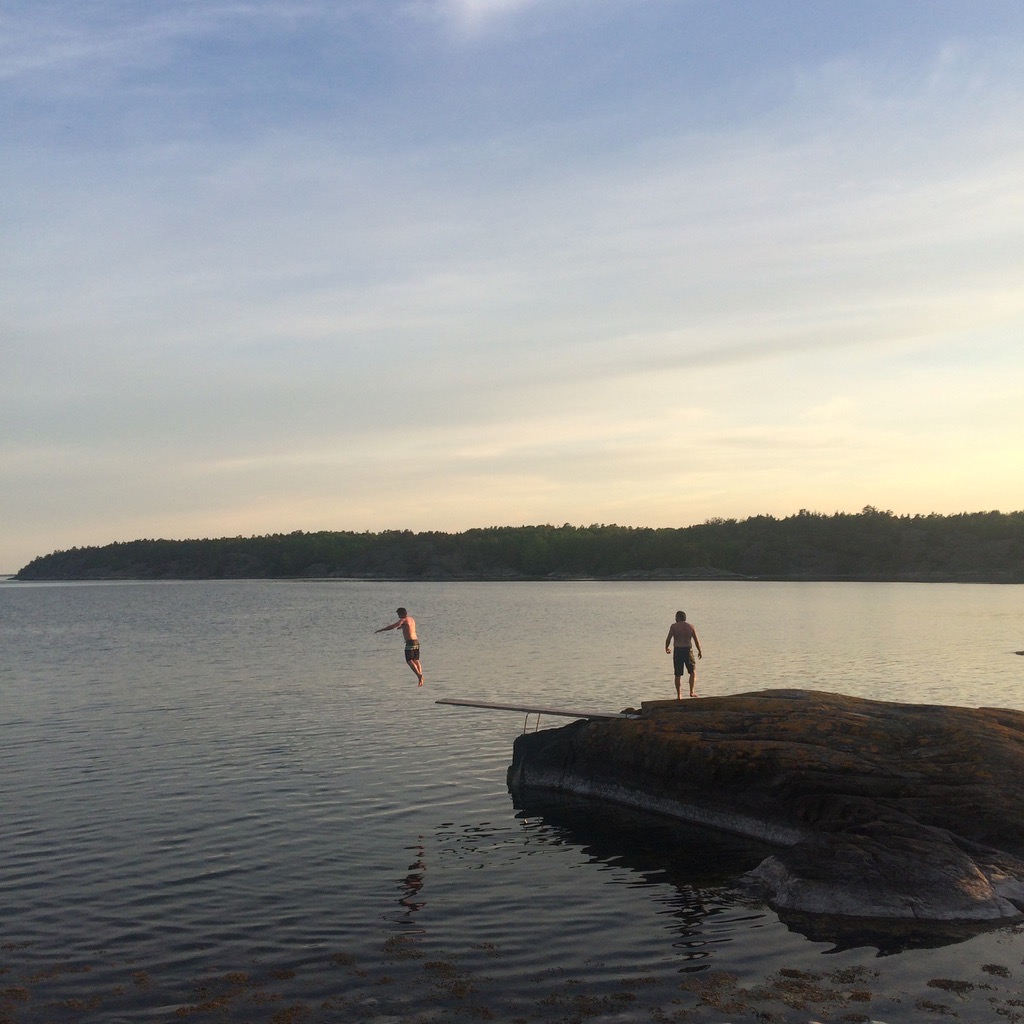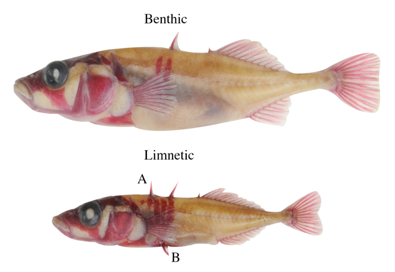A new Comment & Opinion article published in Evolution Letters outlines how ancient DNA can be used to understand past selection processes. One of the authors, Dr Andrew Foote, tells us how a network of researchers came together to conceive the idea.
Evolution is typically a process rather than an event, and as such progresses over time and is thus best studied by sampling time series data, rather than sampling at a single time point. However, the timescales of many evolutionary processes are greater than the lifespans of those of us studying them. Therefore, evolutionary genetics studies would be well served by retrospectively sampling across evolutionary timescales by using ancient DNA (aDNA) techniques. Our European Society for Evolutionary Biology (ESEB)funded ADAPT (Ancient DNA studies of Adaptive Processes through Time) network brings together leaders in the field of aDNA laboratory work; developers of new data analyses tools for handling the peculiarities of genomic sequence data from ancient samples and time-series data; and empiricists working with time-series samples that would benefit from the application of these ancient DNA protocols.
Our first ADAPT network meeting held in May 2018 was something of an adventure. Graciously hosted by Love Dalén on Nut Island (Notholmen) in the Stockholm Archipelago under cloudless Swedish skies. Our only sign of civilisation was Björn from ABBA’s summer house in the distance. We thus had the perfect environment to debate and discuss why and how ancient DNA can play an important role in our understanding of evolutionary processes. A key goal of the meeting was to generate the outline of a review article. The format started as a round table discussion before we broke up into smaller working groups, later reporting back so that we could formulate a consensus on the different sub-topics. Those who have been involved in such activities before will know how intense these types of meetings can be. However, we counter-balanced these focused discussion sessions with evenings of beer, sauna and swimming, which facilitated a more relaxed coming together of ideas and general comradery among the network members. After two days we said goodbye to Nut Island and left with the outline of a review article, a sense of excitement about the potential outcomes of the STN activities over the coming months, and a lot of smiling faces.
Marianne Dehasque, a PhD student at the new Centre for Palaeogenetics in Stockholm, took on the task weaving together the disparate discussion threads and ideas that had been generated during our Nut Island sojourn. The network members then iteratively built upon Marianne’s first draft, the culmination of which is now published in Evolution Letters. In our Comment and Opinion piece we set out to make the case for the inclusion of ancient DNA time sequences in the study of natural selection, considering the expected signature in time series of data of balancing, purifying and positive selection. Some excellent reviews and opinions have previously made this same point, however, the recent publication of large paleo-population genomic datasets provided the opportunity to relay some of the progression in the field. Furthermore, there is a growing understanding of the caveats and limitations of incorporating ancient DNA data into evolutionary studies, which include the degraded nature of the sequence data, the low and uneven sample sizes and the violation of the assumptions underlying many evolutionary models. We therefore try to build a realistic picture of the size of undertaking that such studies require. Thus, this review should serve as a timely overview of a rapidly progressing field and we hope it will serve to enthuse evolutionary biologists to consider incorporating paleogenomic data in their future study design.
We hope to run further events in 2020 and 2021 as part of the ADAPT special topic network. Please check aDNA.network for updates.
The original article is freely available to read and download from Evolution Letters.






